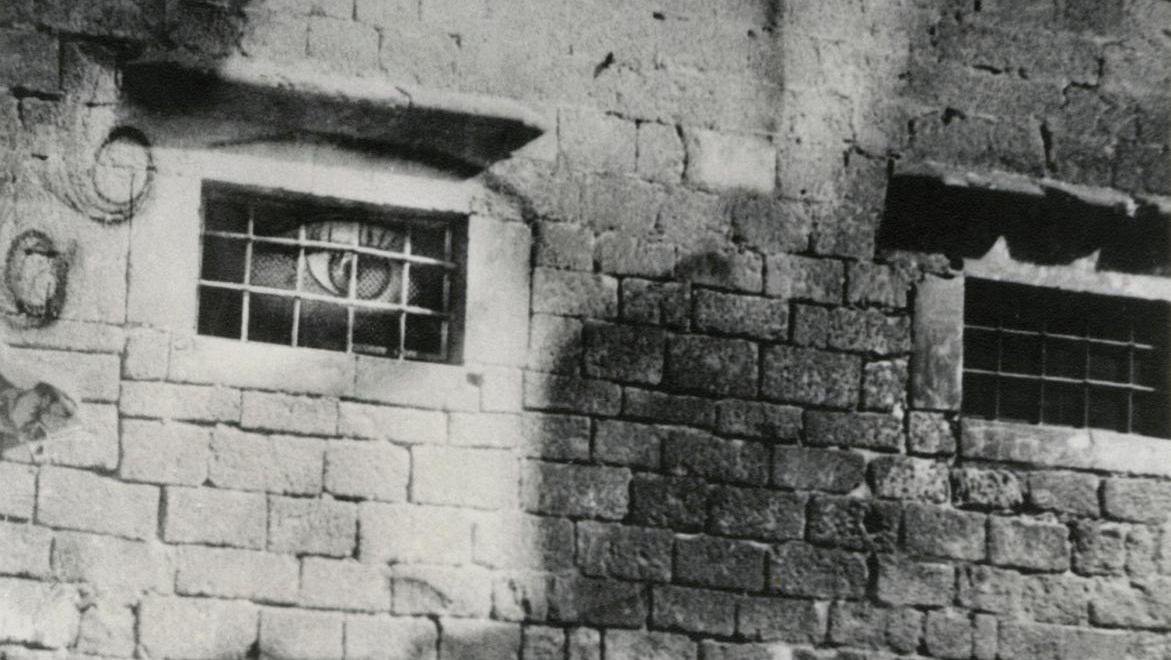After the Second World War, surrealism continued its development, especially in North America. More worried and contemplative than their male counterparts, women artists meditated on the metamorphoses of life and travel in space and time.
Kati Horna, Subida a la Catedral (Up to the Cathedral), Barcelona, 1938, silver print.
Courtesy Etherton Gallery, New York
European artists in exile brought Surrealism with them around the world. Many went to Mexico, where Frida Kahlo (1907–1954) lived. Kati Horna (1912–2000), Leonora Carrington (1917–2011), Remedios Varo (1908–1963) and Alice Rahon (1904–1987) formed the magnetic core of a colony of intellectuals, writers, poets and visual artists that sprang up in Mexico City’s working-class Roma neighborhood.
In 1940 Kati Horna left Spain for Mexico after Franco's victory. Her journalism skills—she started covering the Spanish Civil War for the Republican government in 1937—and artistic sensibility came together in her extraordinary output, including photomontage. Born in Hungary, Horna trained with Berlin avant-garde artists in the 1920s before spending several years in Paris in the early 1930s, when she produced photographic reportages for press agencies.
The dreamlike, surrealistic template is already obvious in her "Flea Market" series. In Mexico, Horna continued…
com.dsi.gazette.Article : 25627
This article is for subscribers only
You still have 85% left to read.
